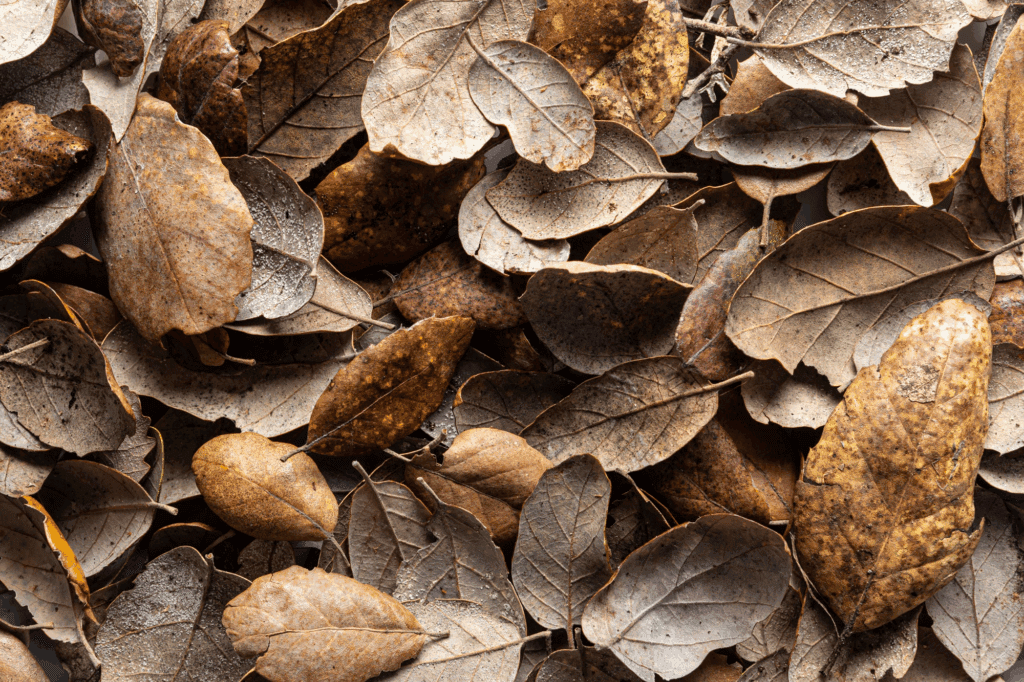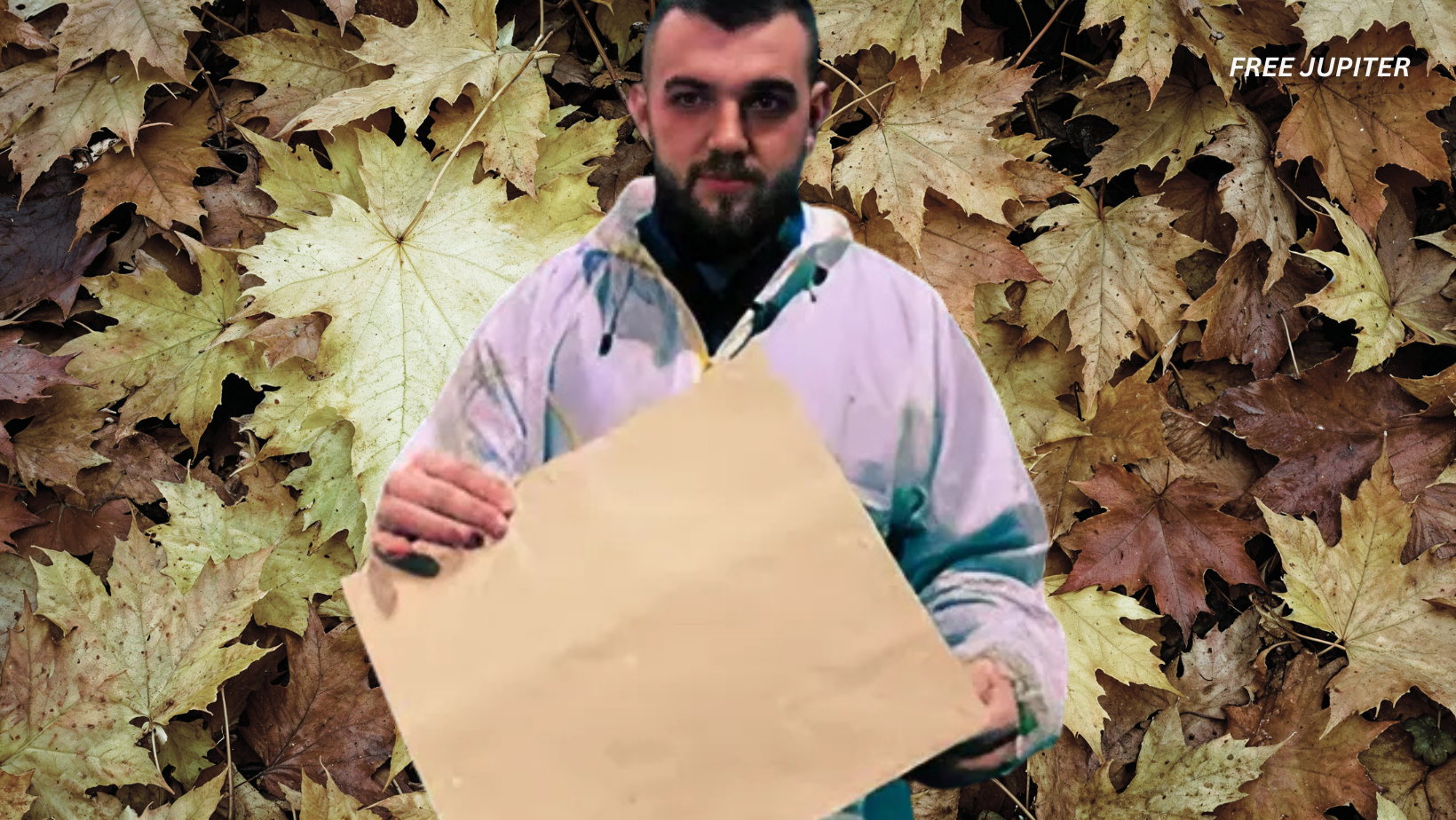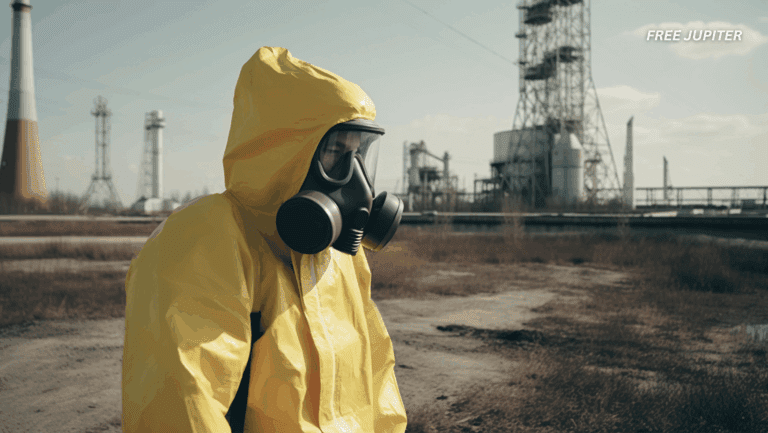Friendly Note: FreeJupiter.com shares general info for curious minds 🌟 Please fact-check all claims—and always check health matters with a professional 💙
In a world increasingly concerned with sustainability, a revolutionary breakthrough has emerged from an unexpected corner. A 23-year-old Ukrainian named Valentyn Frechka has developed an innovative method to create paper using fallen leaves, offering a sustainable solution that sidesteps the need to cut down trees. This invention represents a powerful shift in how paper can be produced globally, tackling both environmental degradation and urban waste simultaneously.
The Roots of an Idea: How Nature Inspired Innovation
Growing up in the small village of Sokyrnytsia in Ukraine, Frechka developed a deep connection to nature. As a student with a scientific mind and a love for the environment, he often asked questions about everyday waste and its potential. His inspiration struck during a hike in the Carpathian Mountains at age 16, when he noticed the overwhelming volume of fallen leaves decomposing on the forest floor. While beautiful in nature, leaves in urban areas often end up burned or dumped into landfills, contributing to pollution.
This observation planted the seed of a question in Frechka’s mind. Could something useful be made from these discarded leaves? That simple question sparked a journey that would take him from a rural school lab to the global stage of environmental innovation.
The Creation of Releaf Paper: Turning Vision into Reality
Frechka’s idea started small, with basic experiments at his school. He learned that leaves, like wood, are rich in cellulose, a key component in paper. After a series of experiments to extract cellulose from leaf matter, he discovered a method that worked. These experiments formed the early foundation for what would later become Releaf Paper, a startup he officially launched in 2020.
Releaf Paper began with a simple but powerful mission: to transform leaf waste into an eco-friendly substitute for traditional tree-based paper. The startup collects fallen leaves from urban spaces like parks and streets, where they would otherwise contribute to municipal waste. Rather than viewing leaves as a seasonal problem, Releaf Paper treats them as a valuable resource.

The Technology Behind the Transformation
Turning dry, brittle leaves into usable paper involves a multi-stage process that blends chemistry and mechanical engineering. First, the collected leaves are thoroughly cleaned to remove dirt, dust, and any remaining twigs. Next, they are ground into a fine pulp using high-pressure steam. This process breaks down the leaf structure and separates cellulose fibers from the rest of the organic material.
These fibers are then combined with bio-fillers to improve paper quality and performance. Unlike traditional methods that rely heavily on wood pulp, chlorine, sulphates, or sulphites, Releaf’s process avoids harmful chemicals entirely. The resulting pulp is then pressed, dried, and rolled into sheets or other paper formats suitable for bags, packaging, and more.
This technique is not only unique, but it is also scalable. It can be adjusted depending on the volume of leaves collected and the desired end product. The paper produced is smooth, sturdy, and biodegradable, making it ideal for companies looking to switch to greener packaging options.
Read More: Scientists Have Found The ‘Off’ Switch For Anxiety Without Any Side Effects
Environmental Benefits That Go Beyond Paper
Releaf Paper’s innovation delivers a dramatic reduction in environmental impact compared to conventional paper production. One tonne of cellulose paper made from leaves replaces 17 trees that would otherwise be cut down. This is a vital statistic in a world where deforestation remains a major contributor to carbon emissions and biodiversity loss.
Moreover, Releaf’s production method uses up to 15 times less water than traditional paper production, a significant advantage in regions experiencing water scarcity. It also produces 78% fewer carbon emissions, lowering the ecological footprint across the entire supply chain. The paper decomposes within a month in soil, returning to the earth without leaving harmful residues.
These benefits are not abstract. They have real implications for cities struggling with waste management and countries trying to meet climate targets. By using what is already falling from trees, Releaf Paper offers a system of production that works in harmony with nature, not against it.
Navigating Challenges and Relocating Operations
After the Russian invasion of Ukraine in 2022, Frechka faced the challenge of keeping his dream alive amid war. He decided to move operations to France, where he found more stability and expanded opportunities. There, Releaf Paper gained momentum by partnering with municipal authorities to collect leaves from city streets and parks. What started as a student project became a full industrial process capable of handling thousands of tonnes of raw material each year.
In France, the company established its first full-scale production plant near Paris, capable of processing 20,000 tonnes of leaves annually. This move not only ensured the continuity of Frechka’s work, it also marked a significant milestone in the commercialization of green technology.
Industrial Use and Global Potential
Releaf Paper now produces over three million paper bags each month. These are distributed to businesses that value sustainability, including cosmetics companies, tech brands, and food chains. The product line includes paper for shopping bags, product packaging, and industrial cardboard.
As environmental regulations tighten worldwide, the market for tree-free paper is expected to grow. Frechka’s technology is not limited to fallen leaves. His team is now exploring the use of agricultural by-products like pineapple husks, banana peels, and yucca leaves. These fibers could expand the versatility of Releaf Paper while creating local sourcing opportunities in tropical countries.
This adaptability positions Releaf Paper as more than a local success. It becomes a blueprint for global adoption, especially in countries with high levels of leaf litter or agricultural waste.
Read More: Scientists Have Finally Figured Out What Causes ‘Hoarding’
A Role Model for Young Inventors
Frechka’s story is an example of what happens when youthful curiosity meets persistence and purpose. He began with little more than a question and a basic understanding of science. He now runs a company with international clients and a growing impact on environmental practices.
His approach to solving problems is rooted in observation, experimentation, and a refusal to accept the status quo. He proves that you do not need a massive budget or institutional support to change the world. Sometimes, all it takes is looking at everyday waste with a fresh perspective.
The Future of Paper Could Be Leaf-Based
The success of Releaf Paper could redefine how we think about raw materials. Trees have long been the default resource for paper. However, they are slow-growing and increasingly threatened by human activity. Leaves, on the other hand, are abundant, renewable, and underutilized.
This shift in mindset could lead to the redesign of entire supply chains. In the future, cities might become paper farms, where seasonal leaf fall is collected and repurposed. Agricultural waste might become part of a circular economy model that rewards innovation and environmental stewardship.
With continued investment and public awareness, Frechka’s work could inspire other green startups and educational programs focused on sustainability. Governments could integrate such systems into urban management, and industries could adopt leaf-based packaging on a wide scale.
Ways Of Doing Business
At just 23, Valentyn Frechka has done what many corporations have failed to achieve despite decades of effort. He has created a paper product that does not involve cutting down trees, polluting rivers, or emitting excessive carbon. Instead, he has harnessed what nature provides freely, turning a seasonal inconvenience into a source of environmental hope.
His invention stands at the intersection of science, sustainability, and social impact. It challenges the old ways of doing business and opens the door to cleaner, greener production. As the world searches for more sustainable alternatives to wood pulp and plastic, leaf-based paper might just be part of the answer. Releaf Paper is not just a startup. It is a signal that real change is possible, and it might fall right outside your window.










